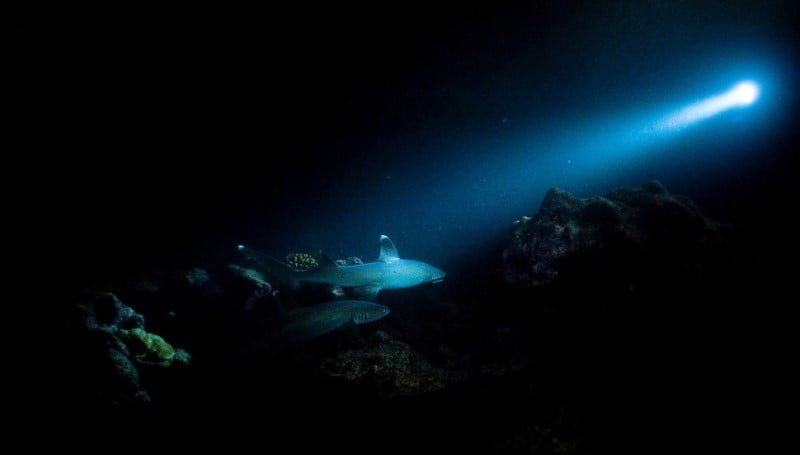
An international team of researchers, including a Northwestern chemist, has discovered that metallic minerals on the deep-ocean floor produce oxygen — 13,000 feet below the surface.
Hey there, Infosiasts! Grab your imaginary deep-sea diving gear, because we’re about to plunge into some mind-blowing new research that’s shaking up what we thought we knew about the ocean floor!
So picture this: you’re chillin’ at the bottom of the ocean, like 13,000 feet down where it’s pitch black. No sunlight, no plants, nothing that should be making oxygen, right? Well, hold onto your scuba masks, because scientists just discovered something wild – the deep ocean floor is producing its own oxygen!
I know, I know, it sounds crazy. We’ve always been taught that oxygen comes from plants and algae doing their photosynthesis thing. But apparently, Mother Nature had another trick up her sleeve.
Here’s the scoop: A team of super smart researchers, including folks from Northwestern University, were doing some experiments on the seafloor of the Pacific Ocean. They were using these cool chamber things to measure oxygen levels, fully expecting to see oxygen getting used up over time. But surprise, surprise! The oxygen levels kept going up instead!

At first, they thought their equipment was busted. But nope, it kept happening over and over. In some cases, the oxygen levels shot up to more than three times the normal amount. Talk about a plot twist!
So what’s the deal? Well, it turns out those weird-looking potato-sized lumps on the seafloor, called polymetallic nodules, might be the key. These nodules are like nature’s own little batteries, packed with metals like cobalt, nickel, and manganese. The scientists think these nodules might be splitting water molecules to produce oxygen, kind of like how we use electrolysis to make hydrogen.
Now, why should we care about some extra oxygen in the deep sea? Well, for starters, it could totally change how we think about life in the deep ocean. If there’s a source of oxygen down there that we didn’t know about, who knows what kind of cool creatures might be living off it?
But here’s where it gets a bit tricky. Remember those metal-packed nodules I mentioned? Yeah, some big companies are looking to mine them for all those precious metals we use in our phones and electric car batteries. If these nodules are providing a crucial oxygen source for deep-sea life, we might need to rethink how (or if) we go about mining them.
The lead scientist, Andrew Sweetman, put it pretty well: “We now know that there is oxygen produced in the deep sea, where there is no light. I think we, therefore, need to revisit questions like: Where could aerobic life have begun?” Mind. Blown.
So there you have it, folks! The next time someone tells you they know everything about how the ocean works, you can hit ’em with this little nugget of deep-sea knowledge. Who knows what other secrets are hiding in the murky depths?
Stay curious, and keep diving into the mysteries of our amazing planet!
P.S. If you want to impress your friends, you can call this newly discovered phenomenon “dark oxygen production.” Sounds pretty cool, right?
Source: Nature



